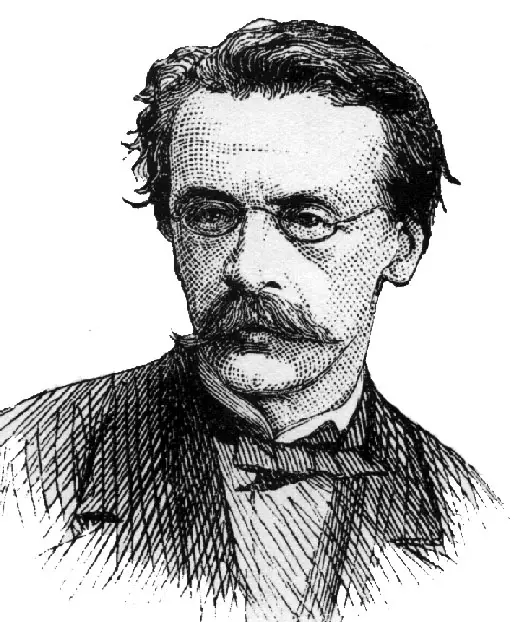Manifest Destiny
The idea of Manifest Destiny was carried forward from early European explorers. They thought that they were preordained to explore and take over lands.
As colonists expanded and settled the Eastern coast of the New World, they felt that they were required to continue westward. The term Manifest Destiny was printed by John L. O’Sullivan, a New York editor, in an article called “Annexation” in the Democratic Review and United States Magazine.

His writings included that it was America’s “manifest destiny to overspread the continent allotted by Providence for the free development of our yearly multiplying millions.”
Those that arrived at the New World thought that they were following a specific road that was set out by Providence or God.
As they entered new lands, they held a strong belief that they were supposed to conquer and expand as far as they could. In America, this meant going all the way westward.
Political decisions were based on the belief of manifest destiny, so when the United States won the Mexican-American War, those in power continued to have a desire to take over and expand the country.
The term became useful for getting many of the religious onboard with the concept of using any method necessary to accomplish the goal of a complete and total takeover.
Winning the Mexican-American War resulted in signing the Treaty of Guadalupe. It gave the United States all of Texas, New Mexico, and Arizona, but only a part of Nevada, Utah, and Colorado and northern California.
Those that supported the war and the expansion believed that they were accomplishing the task set out by their God, and it was their destiny to take over all of the lands.
In 1845, the U.S. and Great Britain were arguing over the Oregon Territory. Those that wanted war talked about the 54th parallel northern border of the Oregon Trail, and they created the war cry of “54 40 or fight.”
At the time, O’Sullivan stood for annexing Oregon and wrote again about manifest destiny. It was at this time that the rallying cry and idea took hold.
Around the 1850s, politics in America had taken a turn so that many were confronted with a two-party system between the Whigs and the Democrats. The Whigs didn’t want to expand, and that party eventually became the Republican Party.
The Democrats thought that the country should continue with the idea of manifest destiny and expand across the continent. The Democrats were supported by Democratic President James K. Polk, for the Texas annexation and continuing the westward expansion.
The success with Texas, which opened up a huge amount of land, prompted the Democrats to continue to push west.
One of the problems for expansion to the west was the fact that Native Indian tribes had been living there for thousands of years. Although treaties were signed with many tribes, the U.S. government constantly broke the treaties and even taking money back.
This kind of behavior was typical of those that were descendants of the European settlers. They believed that white people were superior to all other people, and this was the background for the support of manifest destiny.
The forcible takeover and movement of the Native Indians, which included many of their deaths, are considered to be ethnic cleansing.
Although the term manifest destiny did help during these times, it was pretty much forgotten until around the end of the 19th century. Politicians began using the words to support the Spanish-American War.
However, it had taken a bit of a twist by this time because it was then being used as a way to show that America was part of global power.
What did you Learn?
What is the idea of manifest destiny?
The belief that white people are preordained by God to take over lands
Who were the two political parties in the U.S. government that held opposite views about expanding to the west?
Democrats and the Whigs
What areas were gained by the U.S. in the Treaty of Guadalupe?
All of Texas, New Mexico, and Arizona, but only a part of Nevada, Utah, and Colorado and northern California
What was the big problem facing the white settlers as they expanded into the west?
The native Indian tribes that lived there
How did the idea of manifest destiny change with the Spanish-American War?
It was thought that the U.S. was now a global power
What was the rallying cry to defend taking over the Oregon Trail?
“54 40 or fight”



